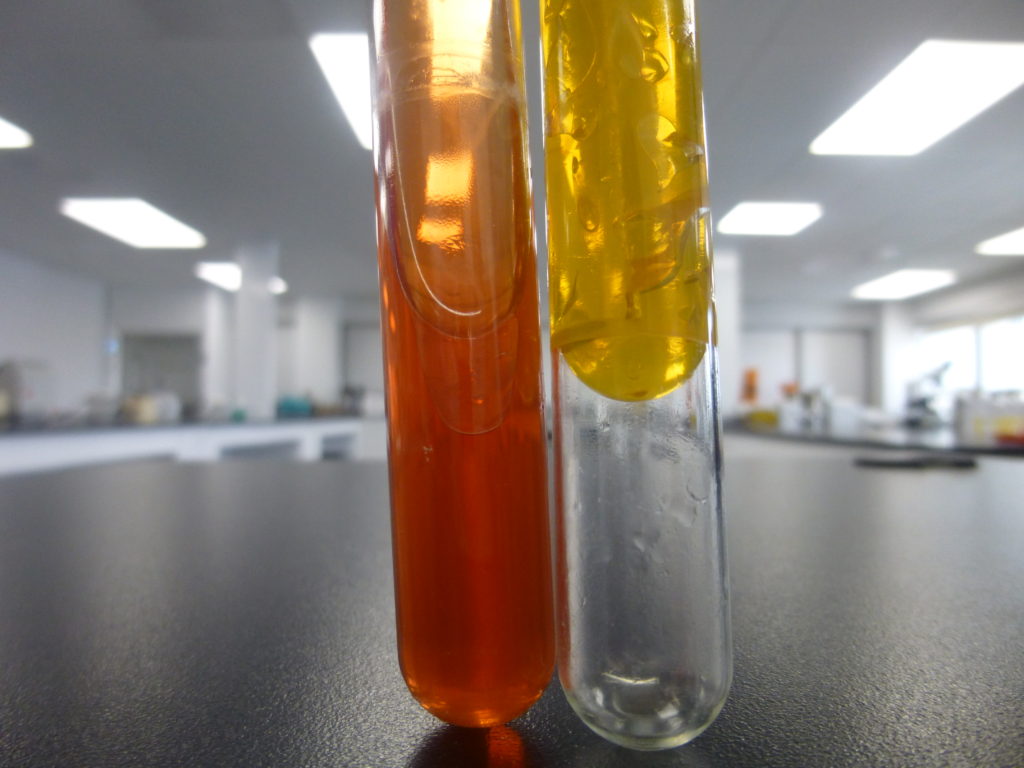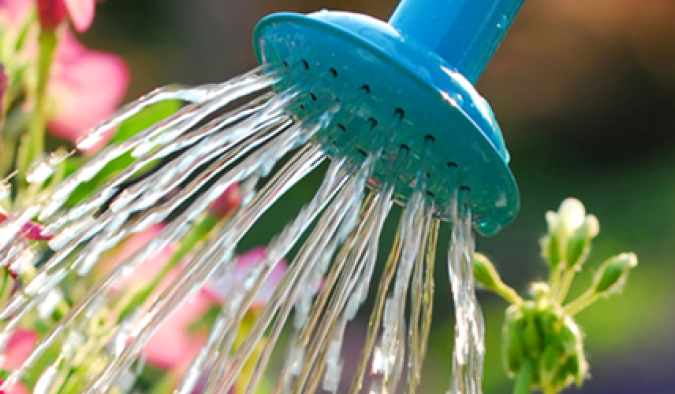
When I first started gardening, I was focused on feeding my plants — I thought that the key to a lush and healthy garden was regular water and lots of hearty meals of blue fertilizer. However, the longer I garden, the more I focus on the health of my soil and feeding it…. with mulch!

It’s been a hot June, but my garden is thriving. Conserving water, providing an even soil temperature, suppressing weeds, protecting the soil from erosion and compaction are just some of the benefits of mulch.
What Does It Mean to Feed My Soil?
Mulch! Your soil is a living ecosystem with millions of diverse creatures. When you put grass clippings, shredded leaves, straw, wood chips, or compost on your soil surface, the soil microbes consume these materials, breaking them down and turning them into food for your plants. But feeding your soil microbes is more than just a single shot of kool-aid fertilizer: those same organisms interact with plant roots, bringing roots the nutrients they need. Mulch has other benefits as well. Conserving water, providing an even soil temperature, suppressing weeds, protecting the soil from erosion and compaction — mulch is a gardener’s best friend.

Even though there was a killing frost, my tomatoes were safe under a bed sheet and a layer of mulch that helped to moderate the temperature of the roots. My un-mulched cucumbers were so not lucky.
How do I start a garden cover-up?
The ideal time to add mulch is mid-spring when the soil has warmed. Aim for about 5-10 cm of organic material around your plants, keeping the mulch away from the trunks of woody plants like tree trunks. There are no rules about needing to use the dyed shredded bark sold at the home improvement store. Grass clippings, shredded or composted leaves, straw, wood chips, compost, and cocoa bean hulls are all examples of great mulches. (More on the types of mulches and their benefits here)
So what about fertilizers?
Well, we need to have a talk about that. While fertilizer is needed in containers where the soil nutrients are quickly depleted, they are often not needed in the garden. In fact, some fertilizers can harm soil microbes, and fewer microbes mean your soil can be prone to compaction and nutrient loss. Fertilizers can also be too much of a good thing, causing fast but weak growth that is prone to insect attack. Finally, if you are gardening because you want to do something good for the plant you’ll want to limit fertilizer use, as chemically produced fertilizers produce a large carbon footprint. I have a thick layer of mulch over all my beds and over the past 5 years, my soil has transformed from powdery sand to a fluffy loam. No chemical fertilizer ever did that!
So do your garden a favor and cover it up with some mulch! Let the microbes feed your plants. It’s great for your garden and great for our planet.
Further reading with books available at the London Public Library:
Miessler, Diane. Grow Your Soil: Harness the Power of the Soil Food Web to Create Your Best Garden Ever. Storey Publishing, 2020.
Pavlis, Robert. Soil Science for Gardeners: Working With Nature to Build Soil Health. New Society Publishers, 2020.





About The Author: Kim Nikkel
From kiwis to apples, Kimberly grows fruit holistically in her garden just outside of London, Ontario. One of her favourite parts of gardening is watching the bees poke their heads into the masses of flowers that surround her fruit trees.
More posts by Kim Nikkel